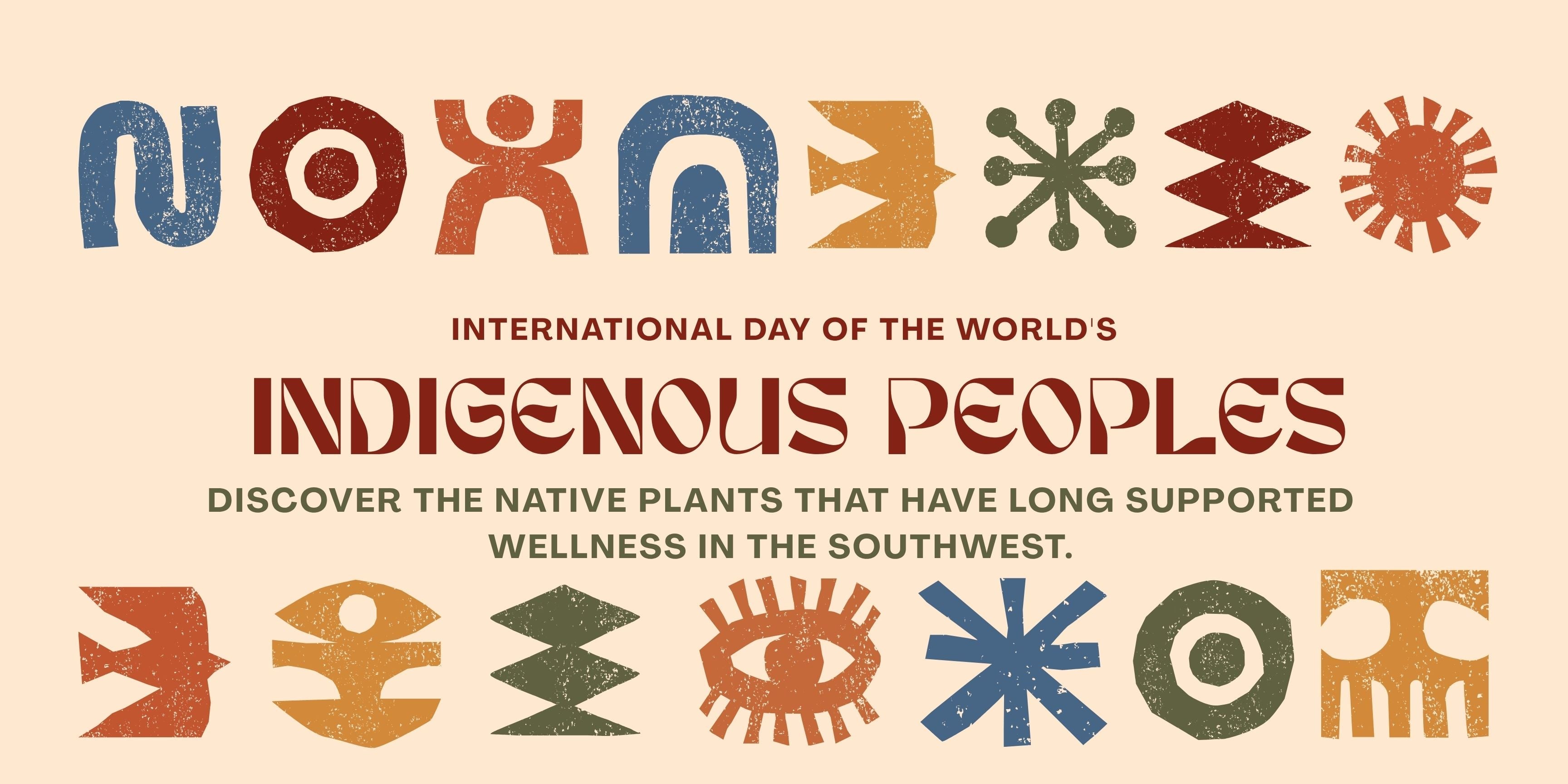
🌾 Honoring the Healing Herbs of New Mexico this Indigenous Peoples’ Day

Each October, as we celebrate Indigenous Peoples’ Day, I like to pause and reflect on the deep connection between this land and the plants that grow from it. Here in New Mexico, our hills, valleys, and desert plains are home to herbs that have been used for centuries — long before there were stores or tincture bottles — to bring healing, nourishment, and balance.
These native plants remind us that wellness begins with the earth itself. They teach us about resilience, respect, and the importance of harmony with nature. Today, I want to share a few of my favorite herbs that are native to (or thrive naturally in) the Southwest — each with its own story and healing gifts.
🌿 Yerba Mansa (Anemopsis californica)

The calming healer of the wetlands
Yerba Mansa loves the damp soils along New Mexico’s rivers and valleys. Its name means “the calming herb,” and that’s exactly what it does — helping to soothe inflammation, cleanse the body, and cool irritation. Traditionally, it’s been used to support the sinuses, throat, and urinary system.
When you come across it in bloom, its white flowers seem to glow against the green reeds — a reminder that beauty and healing often thrive quietly in the most humble places.
🌼 Osha Root (Ligusticum porteri)

The mountain guardian
High up in the mountains, among the spruce and fir trees, grows a powerful root called Osha, also known as Bear Root. This plant is deeply respected by many Indigenous healers for its ability to support the lungs and respiratory system — especially during cold and flu season.
Bears have been observed digging up and chewing on the root when ill, which is how it earned its name. Osha is sacred and slow-growing, so it’s best to use it sparingly and always from ethical sources.
🌿 Chaparral (Larrea tridentata)

The scent of desert rain
If you’ve ever smelled the desert after a rainstorm, that unforgettable aroma comes from chaparral, also called creosote bush. This hardy shrub thrives in New Mexico’s arid lands and has long been valued for its cleansing and detoxifyingproperties, supporting both the liver and skin.
Chaparral reminds us that even in the driest conditions, life and healing can endure — sometimes with a fragrance so distinct it becomes part of the land’s identity itself.
🌾 Nettle (Urtica dioica)

The green mineral powerhouse
In the mountain meadows and near flowing streams, nettle grows lush and full of life. Despite its sting, it’s one of the gentlest and most nourishing herbs we have. Rich in iron, calcium, magnesium, and silica, nettle strengthens the bones, blood, and connective tissues.
Many herbalists think of it as an herbal multivitamin — perfect for restoring vitality and mineral balance in the body. Drink it as a tea or take it as a tonic for daily nourishment.
🌸 Evening Primrose (Oenothera biennis)

The golden bloom of balance
In open fields and along the mesas, you’ll find Evening Primrose, its bright yellow flowers opening as the sun sets. Traditionally, this herb has been used to support skin health, hormone balance, and inflammation.
Evening Primrose reminds us that healing doesn’t always have to be forceful — sometimes it’s about quiet nourishment, steady growth, and bringing the body back into alignment.
🌿 Juniper (Juniperus monosperma)
The protector of the high desert
No plant says “Southwest” quite like the juniper. Its silvery-green needles and purple berries are a symbol of resilience and protection. Juniper has been used for cleansing and purification — both physically and spiritually.
It supports digestion, urinary health, and renewal, and its scent alone can help clear the mind. Whether burned as a smudge or brewed into a tea, juniper is the very essence of the high desert’s strength.
🌾 A Day for Gratitude and Connection
Indigenous Peoples’ Day is more than just a date on the calendar — it’s an invitation to remember the wisdom that came before us. The herbs of New Mexico remind us that true healing doesn’t come from force, but from relationship — with the land, with our bodies, and with each other.
So today, maybe take a walk outdoors. Notice the plants that thrive around you. Breathe in the scent of sage or juniper. And remember that the earth still whispers its medicine to those who listen.
With gratitude and respect,
Jim

![[Podcast] Bones, Joints & Herbs: Natural Strategies to Rebuild Your Skeletal System](http://www.drugfreehelpstore.com/cdn/shop/articles/PODCAST_Skeletal_System.png?v=1760116167&width=1500)
![[Podcast] The Lymphatic River: Keep Your Body’s Cleansing System Flowing](http://www.drugfreehelpstore.com/cdn/shop/articles/PODCAST_Lymphatic_system.jpg?v=1760652018&width=1573)